Mastering the Art of Tattooing: Tools, Techniques, and Tips for Success
When I wake up one day I got 0 vote to to all may new post blog in this blog hoping I got upvote :( dreaming I got support :) but any ways on this blog I want to help to all people who want to be TATTOO ARTIST soon, what you need item to create a beutifull tattoo art
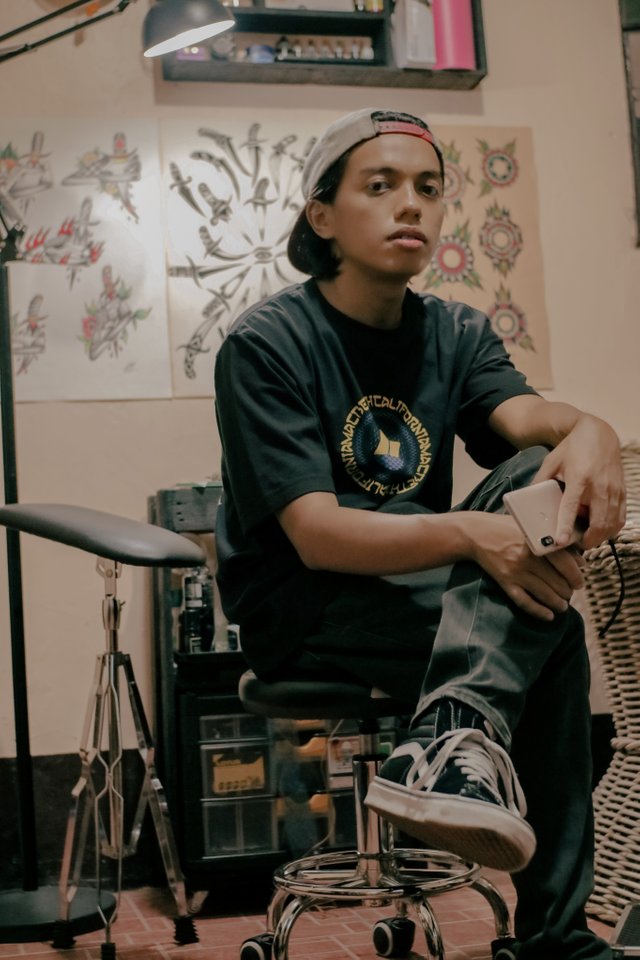
Tattooing is a unique and demanding art form that transcends traditional artistic mediums. Unlike painting or drawing on a canvas, tattooing involves working directly on human skin, which presents a set of challenges and responsibilities that few other art forms do. The permanence of tattoos means that there is no room for error—every line, shade, and detail must be executed with incredible precision. Unlike a painting that can be reworked or a sketch that can be erased, a tattoo is a lasting mark on the body, making the stakes much higher for the artist.
(टैटू बनाना एक अनोखी और चुनौतीपूर्ण कला है जो पारंपरिक कलात्मक माध्यमों से परे है। चित्रकला या ड्राइंग के विपरीत, टैटू बनाना सीधे मानव त्वचा पर काम करने का कार्य है, जो कुछ अन्य कलाओं के मुकाबले चुनौतीपूर्ण और जिम्मेदारियों से भरा होता है। टैटू की स्थायित्व का मतलब है कि यहां गलती की कोई गुंजाइश नहीं होती—हर लाइन, शेडिंग और डिटेल को अत्यधिक सटीकता के साथ निष्पादित करना होता है। जहां एक पेंटिंग को फिर से काम किया जा सकता है या एक स्केच को मिटाया जा सकता है, वहीं टैटू शरीर पर एक स्थायी निशान होता है, जो कलाकार के लिए चुनौती को और भी अधिक बढ़ा देता है।
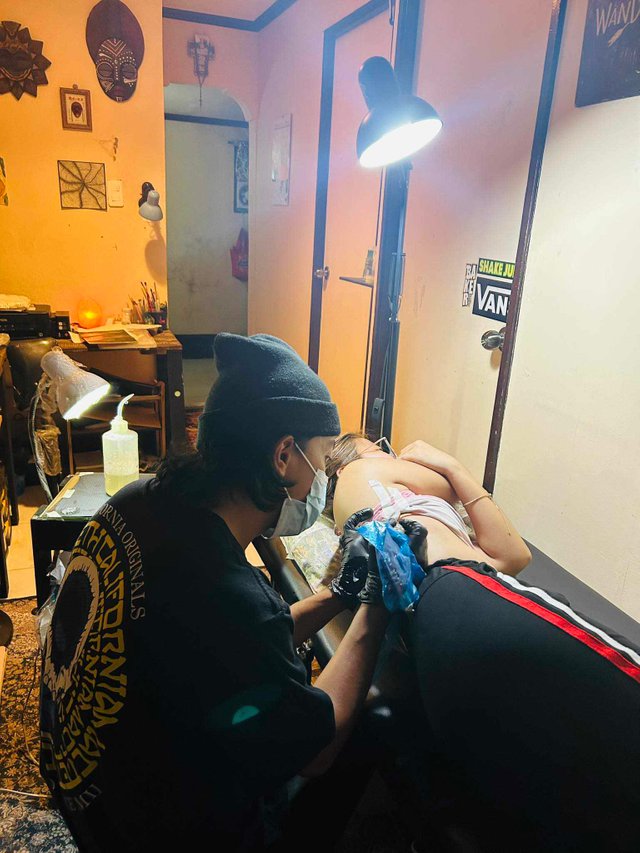
In addition to artistic skill, tattooing requires a deep understanding of hygiene and sanitation practices. The tattoo artist must ensure that their workspace is sterile, that needles and other equipment are properly sanitized or disposed of after each use, and that the tattoo is applied in a way that minimizes the risk of infection. This aspect of tattooing is not just about following industry regulations; it's about the health and safety of the client. The tattoo artist must have a comprehensive knowledge of their tools, inks, and skin types to avoid allergic reactions, ensure proper healing, and produce a tattoo that stands the test of time.
("कलात्मक कौशल के अलावा, टैटू बनाना स्वच्छता और सफाई के गहरे ज्ञान की भी आवश्यकता रखता है। टैटू कलाकार को यह सुनिश्चित करना होता है कि उनका कार्यस्थल स्टेराइल हो, कि सुइयों और अन्य उपकरणों को ठीक से सैनिटाइज किया गया हो या प्रत्येक उपयोग के बाद ठीक से नष्ट किया गया हो, और टैटू इस प्रकार से लगाया जाए जिससे संक्रमण का खतरा कम हो सके। टैटू बनाना सिर्फ उद्योग मानकों का पालन करने के बारे में नहीं है; यह ग्राहक के स्वास्थ्य और सुरक्षा के बारे में भी है। टैटू कलाकार को अपने उपकरणों, इंक, और त्वचा के प्रकारों का व्यापक ज्ञान होना चाहिए ताकि एलर्जिक रिएक्शन से बचा जा सके, उचित हीलिंग सुनिश्चित हो सके, और एक ऐसा टैटू तैयार किया जा सके जो समय की कसौटी पर खरा उतरे।"
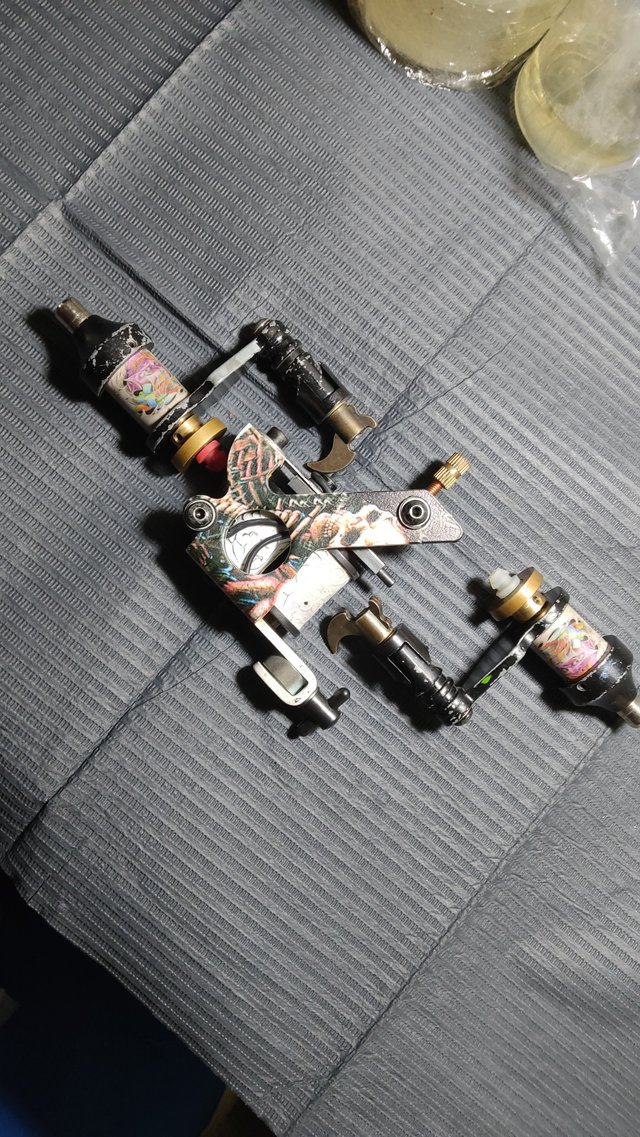
- Tattoo machihne
There are two main types of tattoo machines: rotary and coil. Rotary machines use a motor to move the needle, while coil machines operate with an electromagnetic coil. Neither type is inherently better; they are suited to different techniques. Rotary machines are versatile and can be used with various needles for lines, shading, filling, and dot work. Coil machines, on the other hand, are designed for more specific applications.
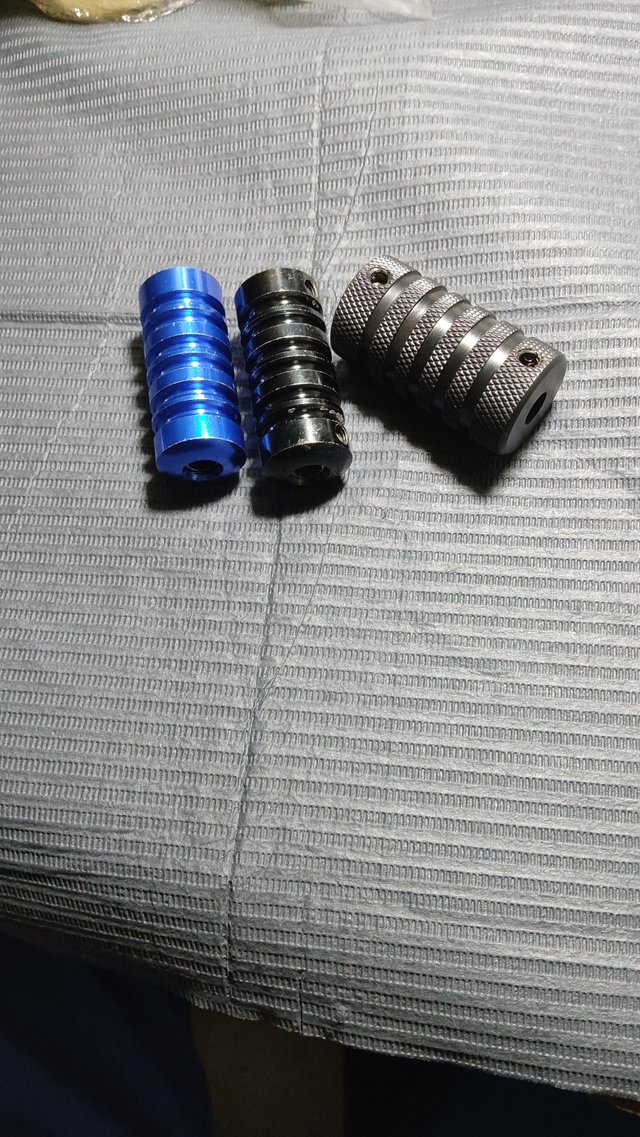
ll. Grip tube
Grips are the part of the tattoo machine where you hold the needle. They come in various sizes to fit different needles and can be customized with rubber covers. There are two types: disposable grips and metal grips. Metal grips must be disinfected after use, while disposable grips are single-use. Once the needle is inserted into the grip, the machine can be set up.
Grip cover
To more grip and easy to clean,Cohesive bandage to make grip to be more comfortable and easier to grip.
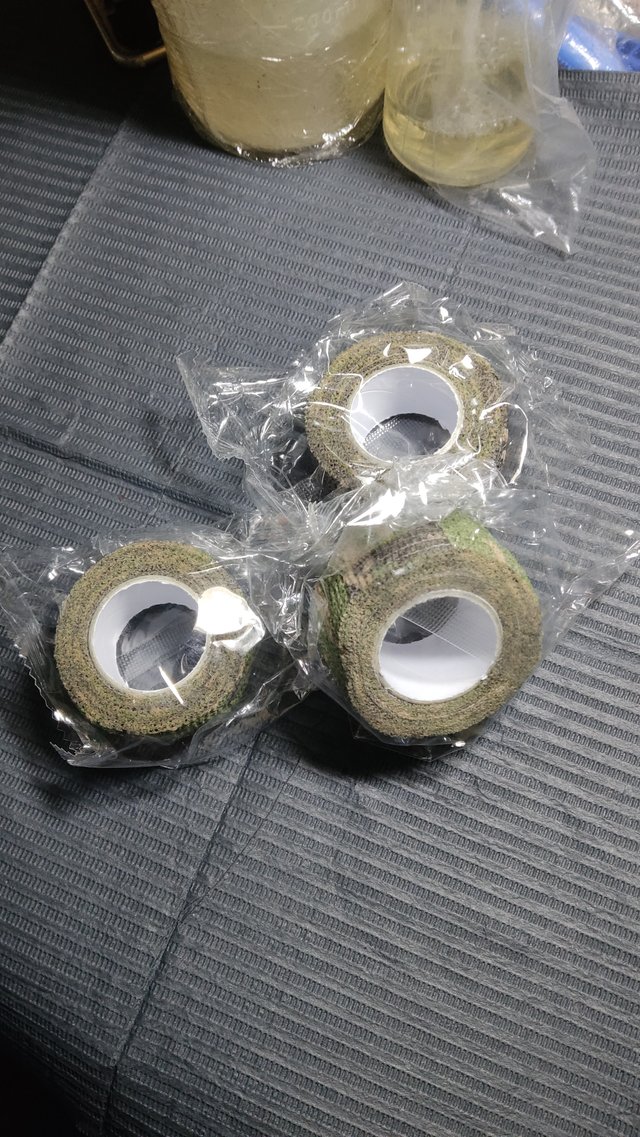
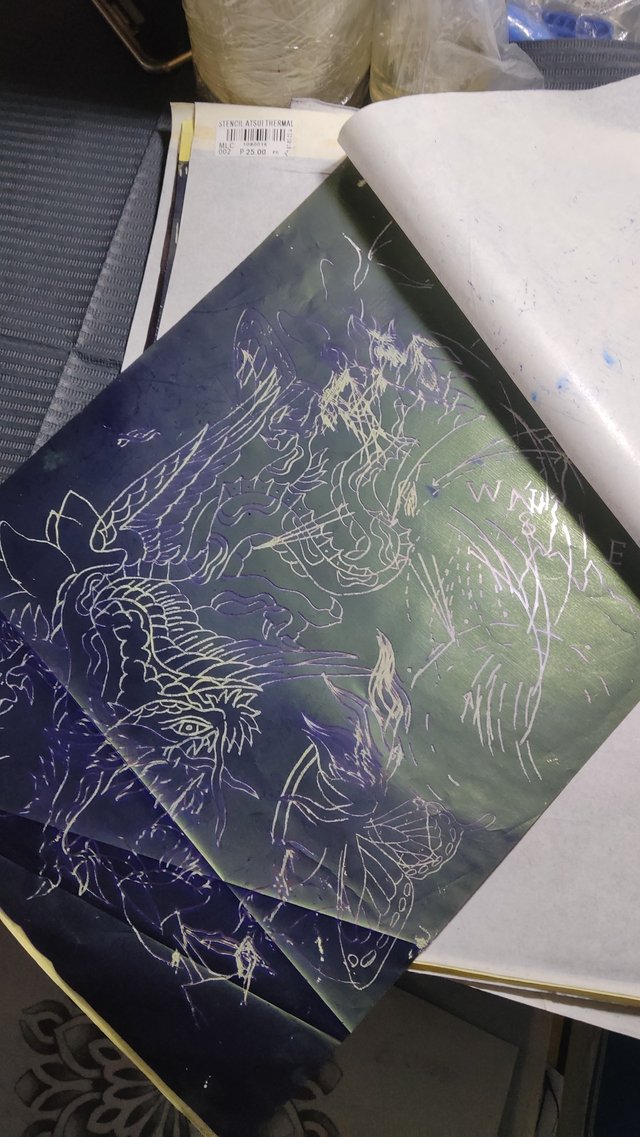
lll.Tattoo stencils
Tattoo transfer paper, or stencil paper, allows you to temporarily apply a tattoo design onto the skin. This stencil serves as a guide during tattooing, making the linework significantly easier compared to freehanding the design.
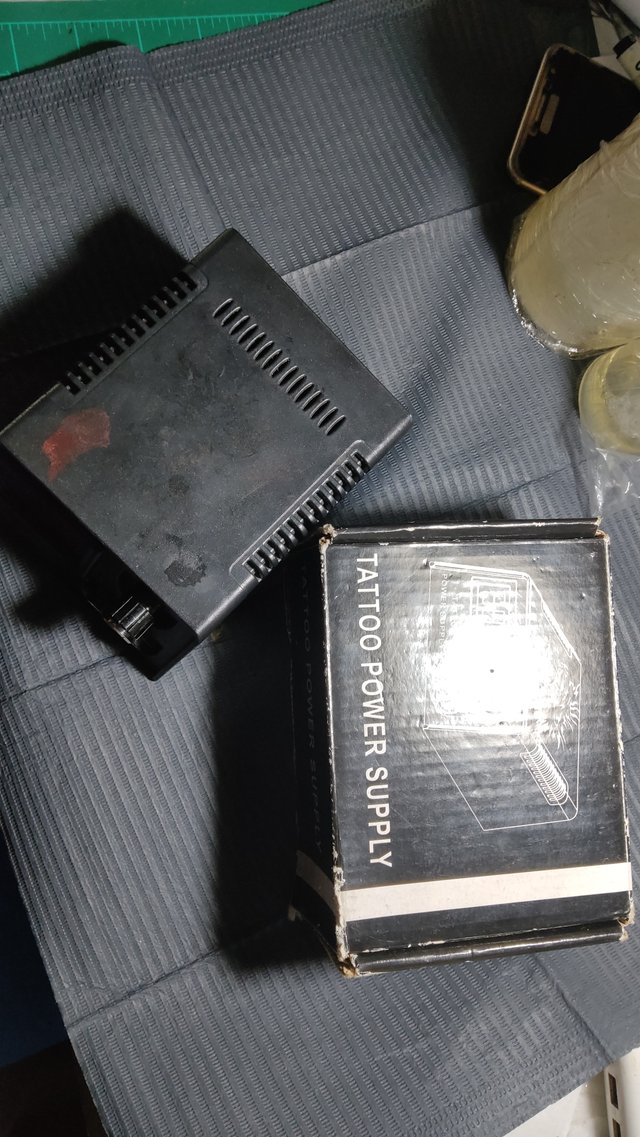
- Power supply
Power supplies provide electricity to the tattoo machine, controlling the needle's movement. They come in various types, including plug-in models with digital displays like the Critical, which allows you to adjust voltage and view other details. There are also wireless options and analog power supplies without digital displays.
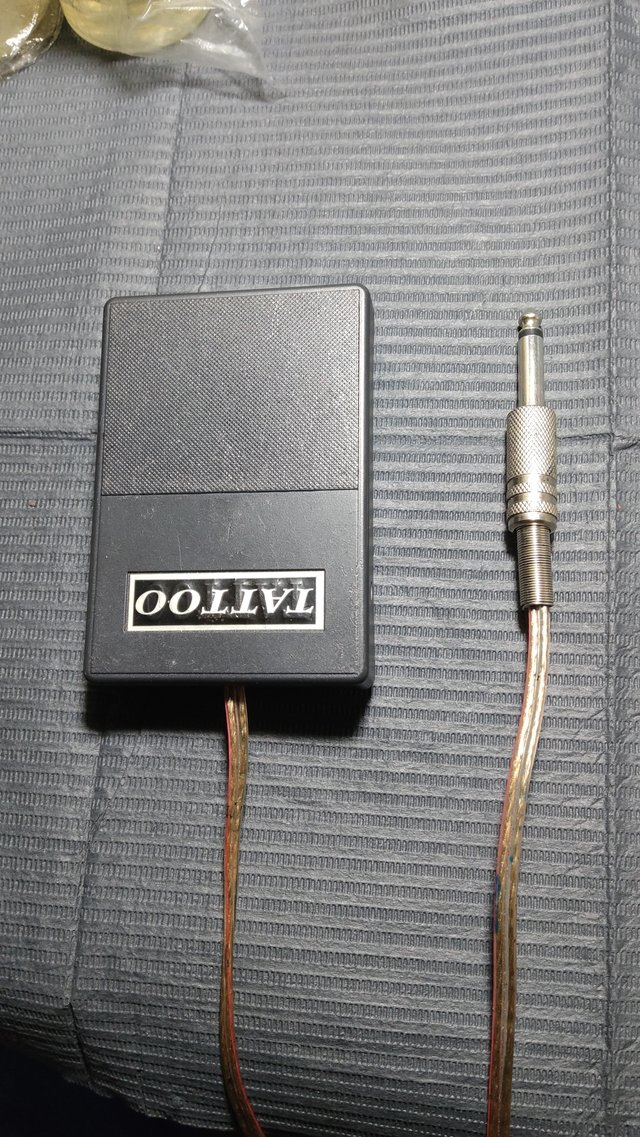
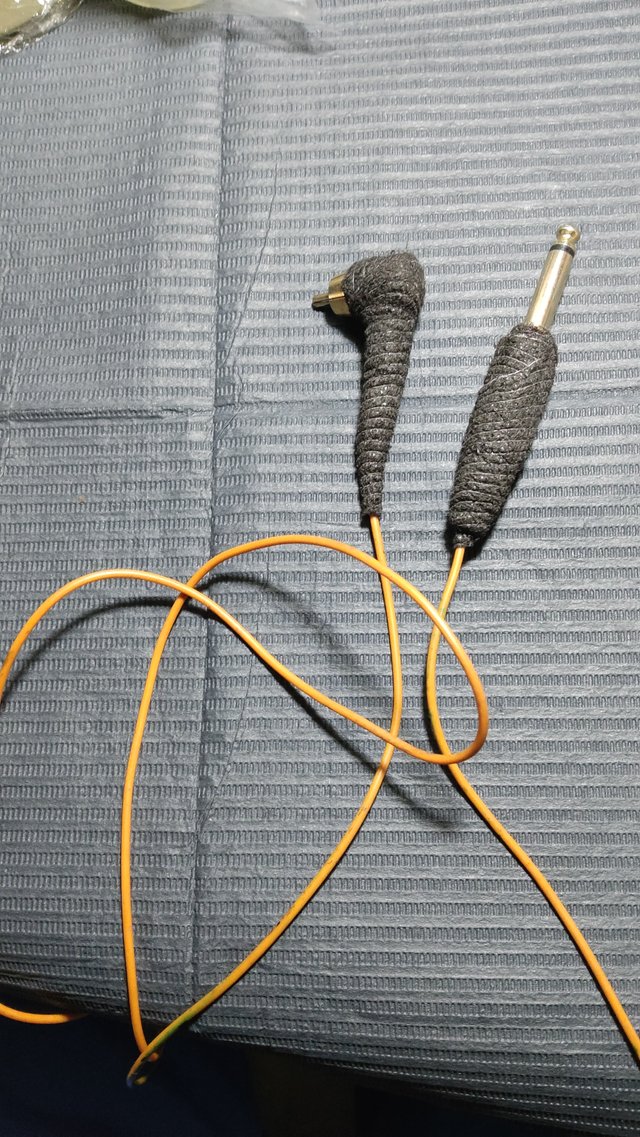
5.Cords
Clipcords are cables that transfer power from the power supply to the tattoo machine. Since different machines have varying input types, compatibility issues may arise, requiring adjustments to ensure proper connection.
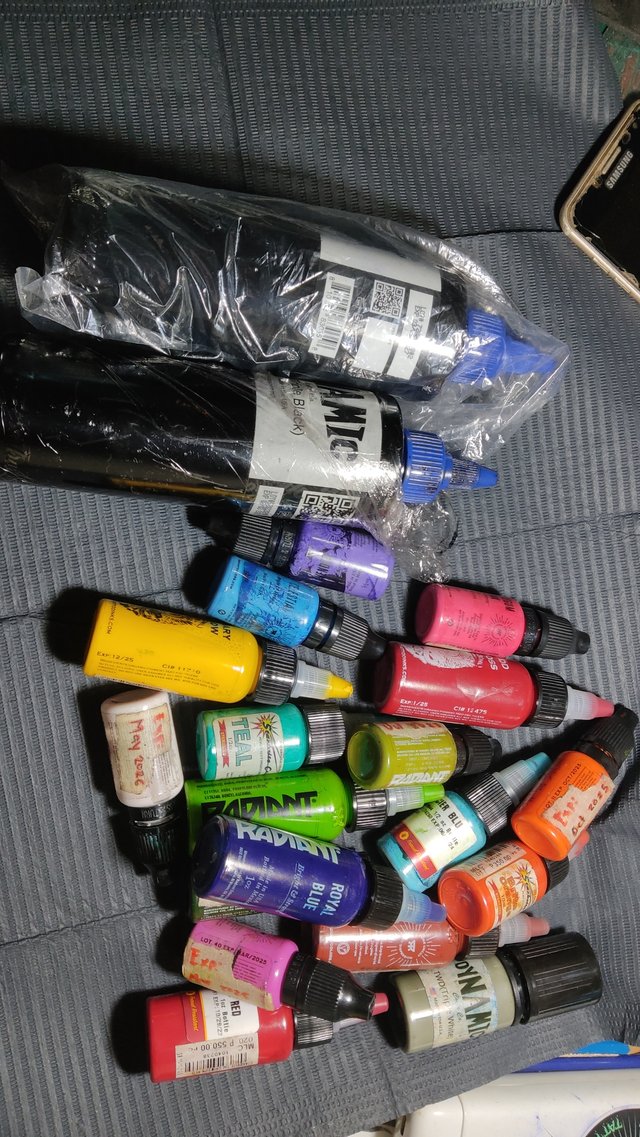
6.Inks
Black ink can be used for lines or fills, but not all are suitable for both. Greywash, a diluted black ink, creates varying shades of gray. The Shader Solution allows for further dilution, enabling custom gray shades.
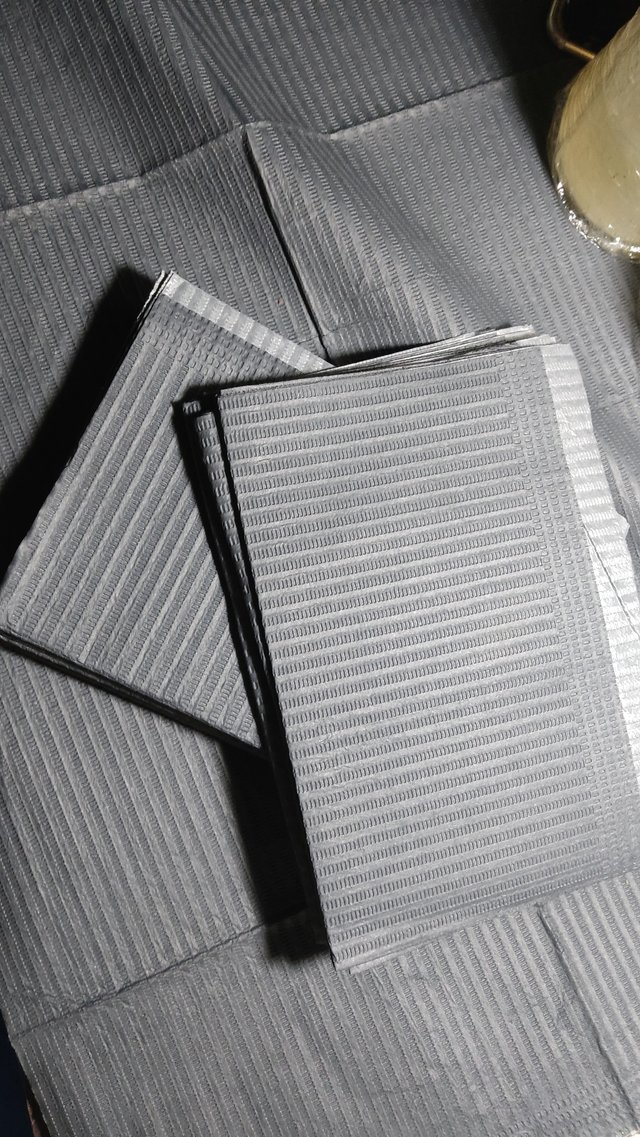
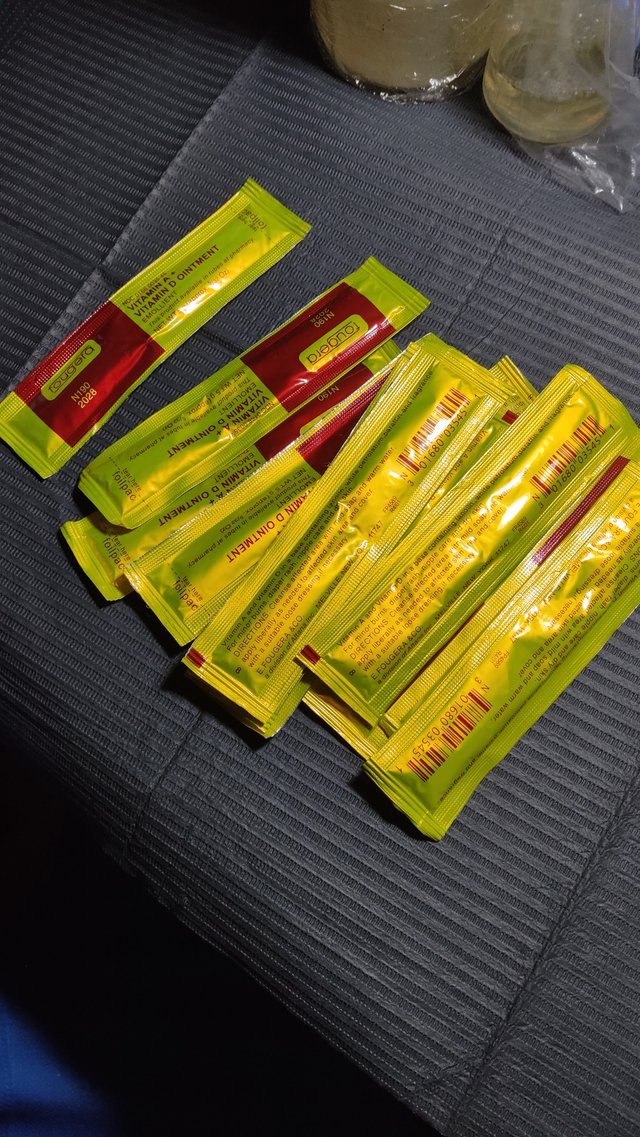
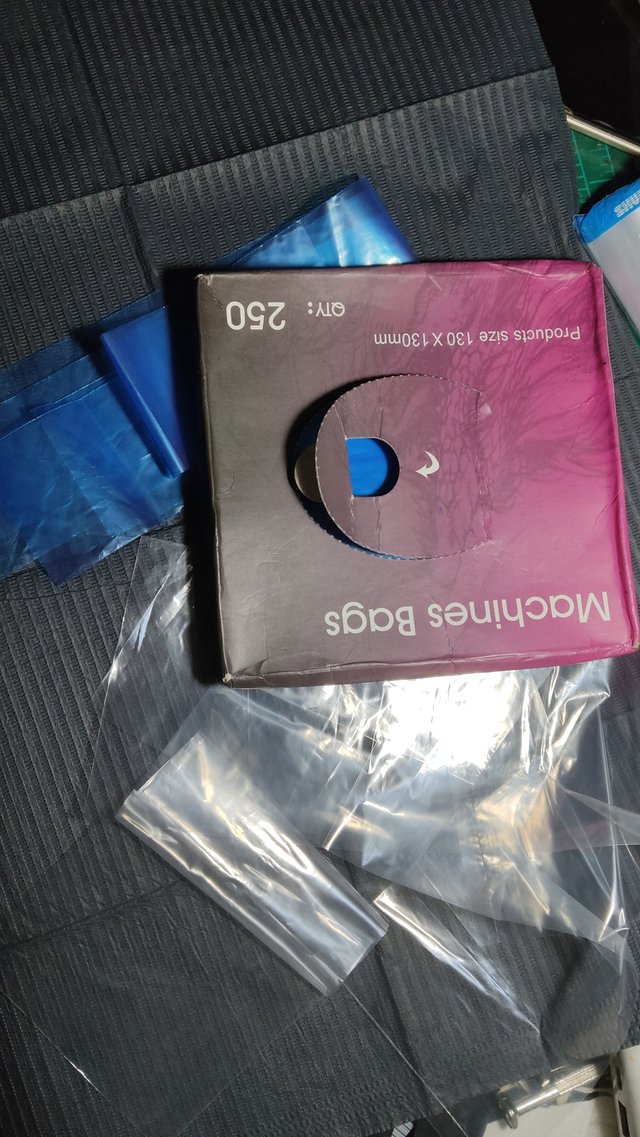
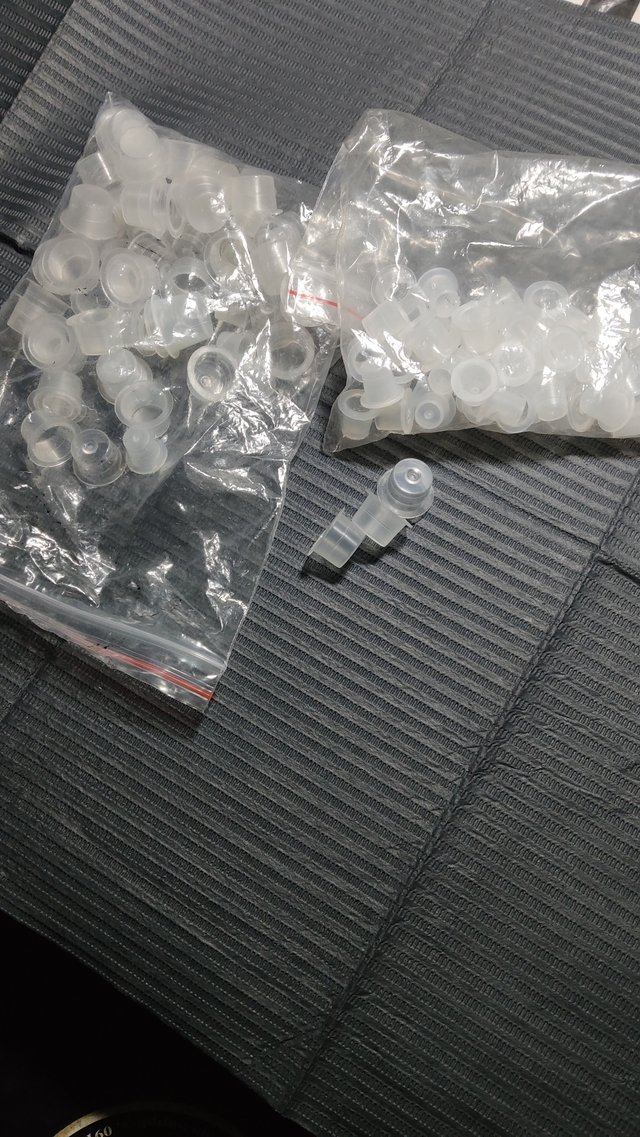
7.Disposable materials
These materials will prevent cross-contamination.
*Plastic film: it’s important to cover every surface and everything we are going to touch with the gloves.
*Plastic cups with distilled water: these will be used to clean our needles.
*Plastic: to cover the clip cord cable.
*Oinment a and d tongue depressor sticks: we need these to apply the oinment and avoid contamination.
*Dental bibs,and clingwrap these are placed on the table to protect it from dripping ink.
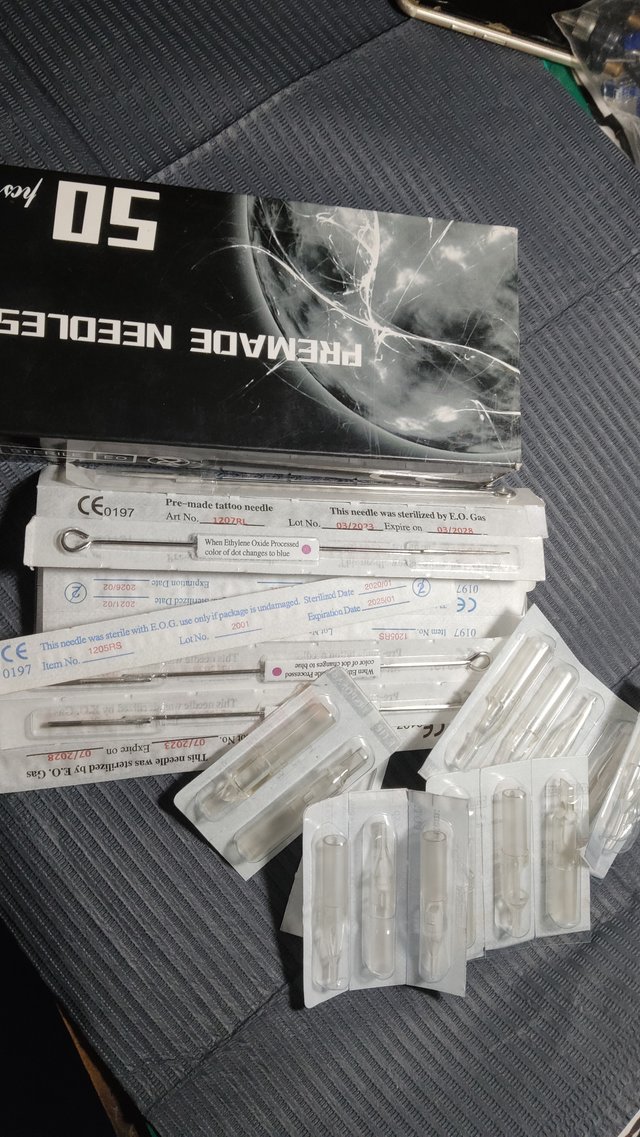
8.Needle and Tip
Choosing tattoo needles is like selecting paintbrushes, with different types available for fine lines, color fills, and shading. Needles vary in thickness and are often made by soldering multiple needles together, tightly packed, to achieve specific effects.
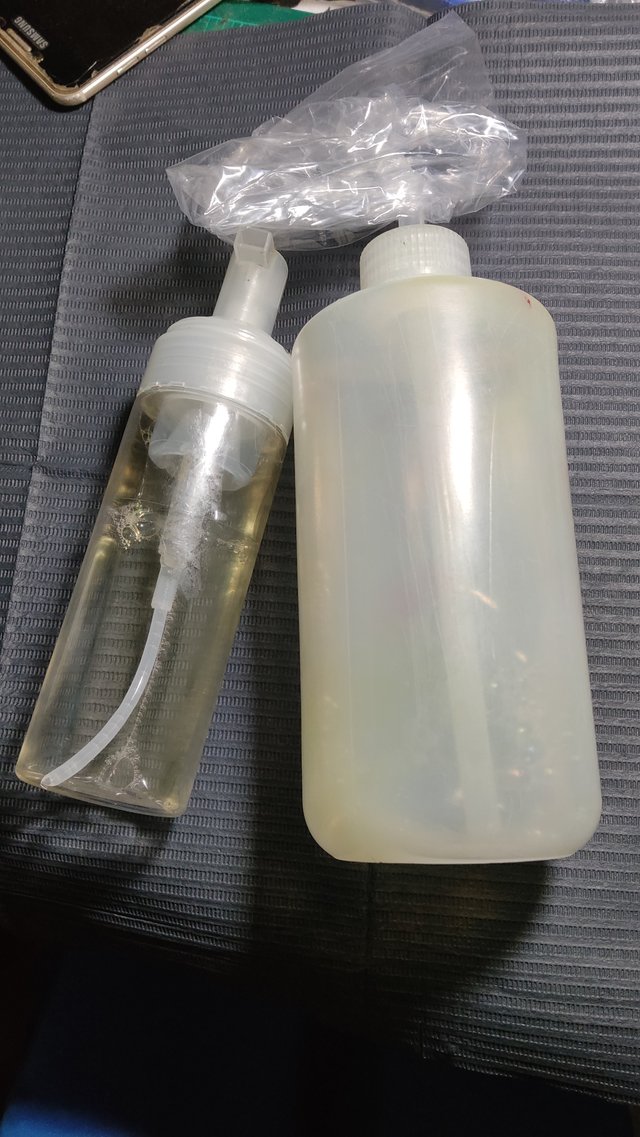
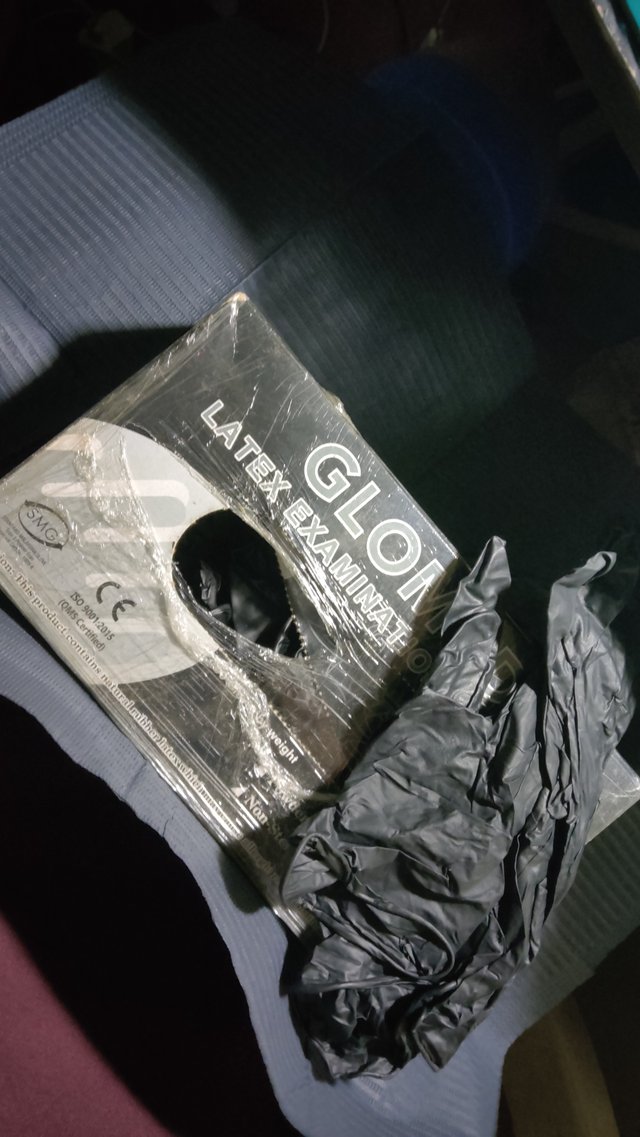
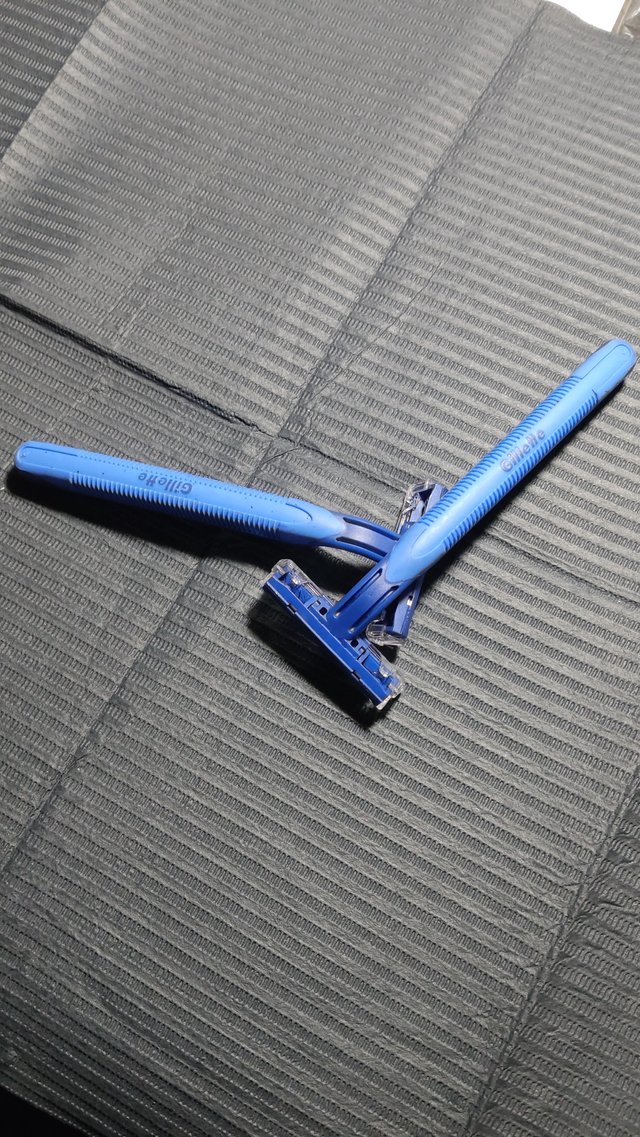
*Glomed gloves, which are powder-free and do not irritate the hands.
*Razor to help the hairy part that you tattooing
*Grean soap/CLean soap to clean the area have a bloody and inky area
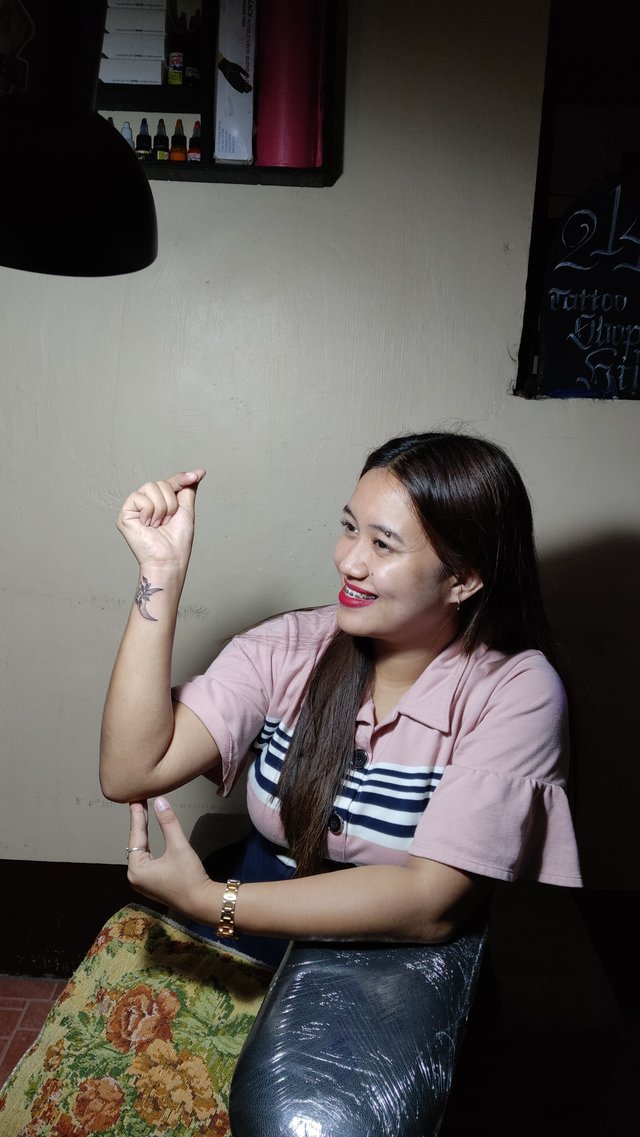
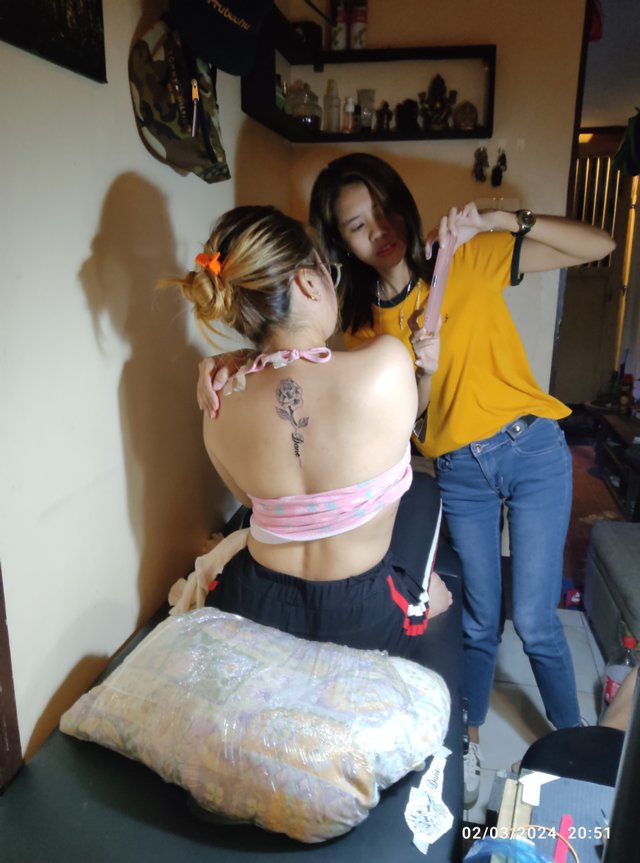
More ever, the relationship between the tattoo artist and their client is also crucial. The artist must communicate effectively with their clients to understand their vision and provide guidance on design, placement, and aftercare. This relationship is built on trust, as clients are not just commissioning art—they are entrusting the artist with a permanent alteration of their body. This combination of technical skill, artistic ability, and responsibility for the client’s well-being makes tattooing a truly unique and challenging art form.
"इसके अलावा, टैटू कलाकार और उनके ग्राहक के बीच का संबंध भी बेहद महत्वपूर्ण होता है। कलाकार को अपने ग्राहकों के साथ प्रभावी ढंग से संवाद करना चाहिए ताकि वह उनकी सोच को समझ सके और डिज़ाइन, प्लेसमेंट, और बाद की देखभाल पर मार्गदर्शन प्रदान कर सके। यह संबंध विश्वास पर आधारित होता है, क्योंकि ग्राहक केवल कला नहीं प्राप्त कर रहे होते—वे अपने शरीर में स्थायी परिवर्तन के लिए कलाकार पर भरोसा कर रहे होते हैं। तकनीकी कौशल, कलात्मक क्षमता, और ग्राहक की भलाई की जिम्मेदारी का यह मिश्रण टैटू बनाना एक वास्तव में अनोखी और चुनौतीपूर्ण कला बनाता है।"